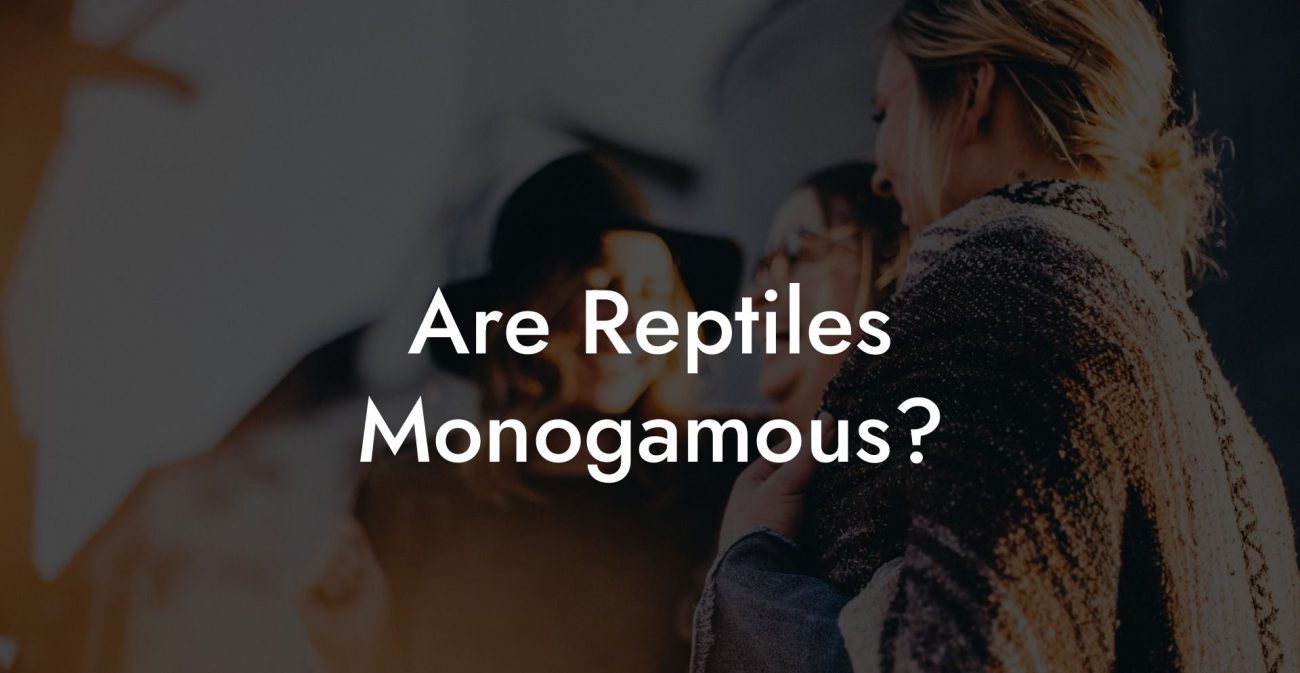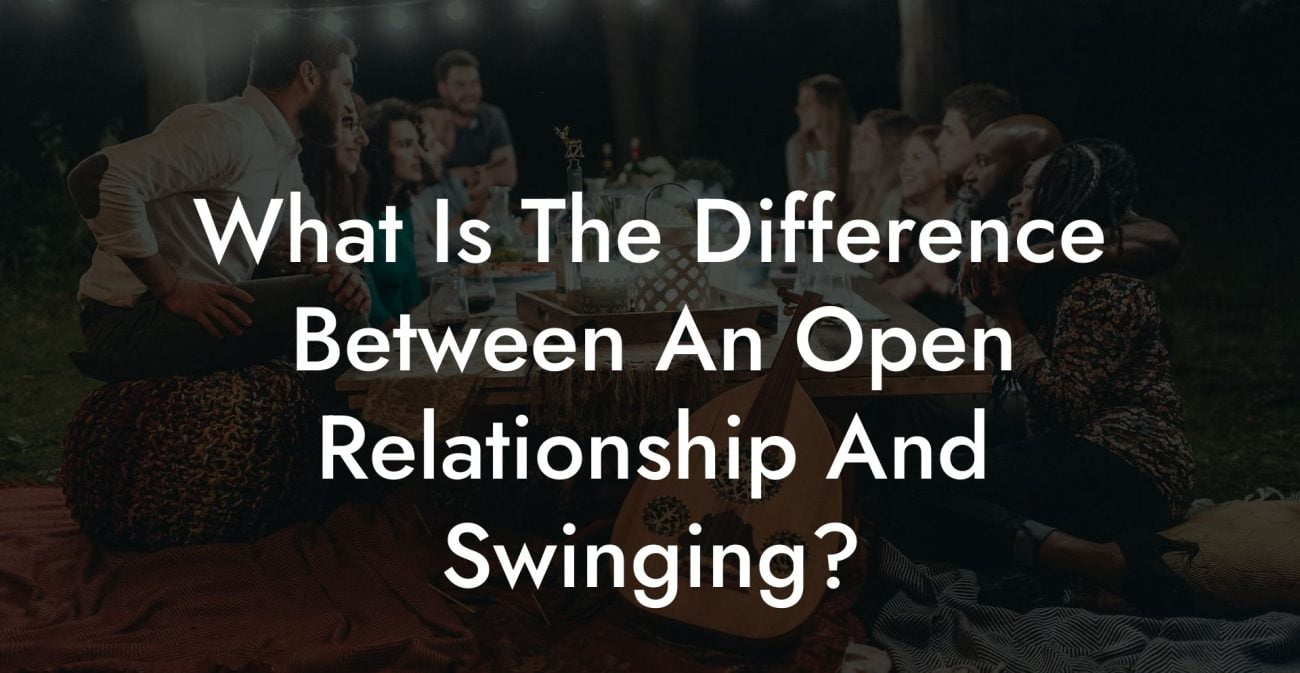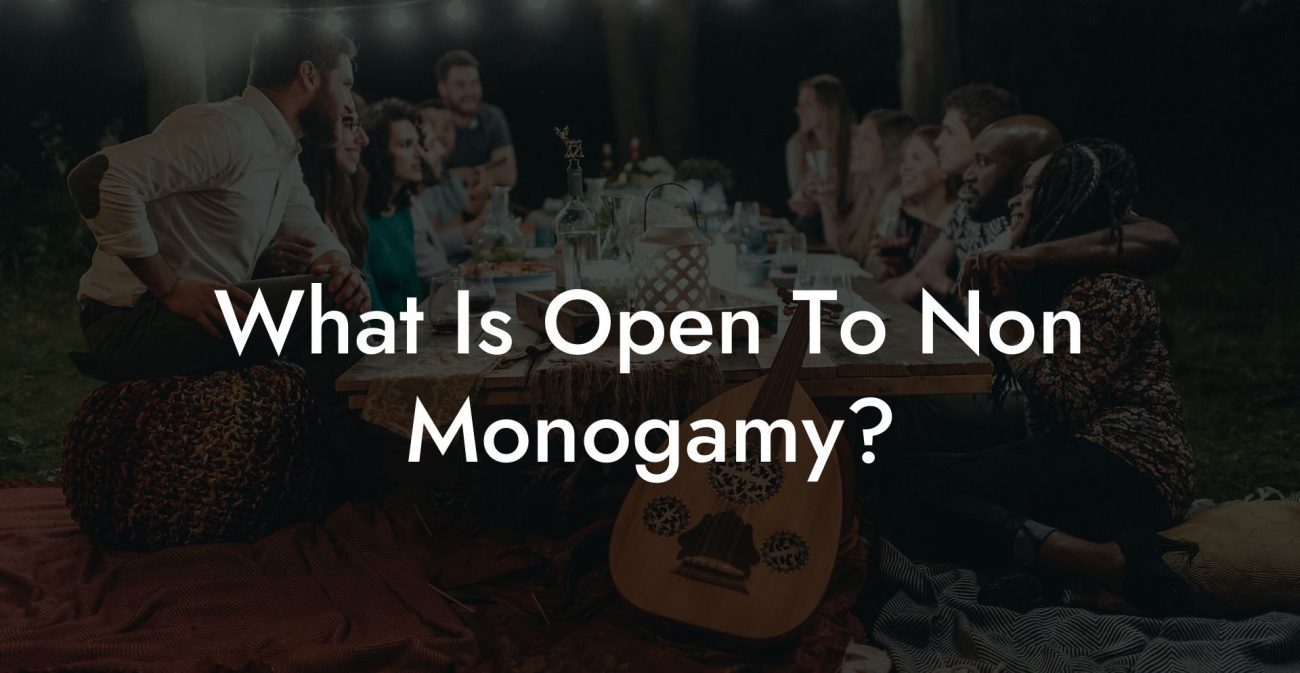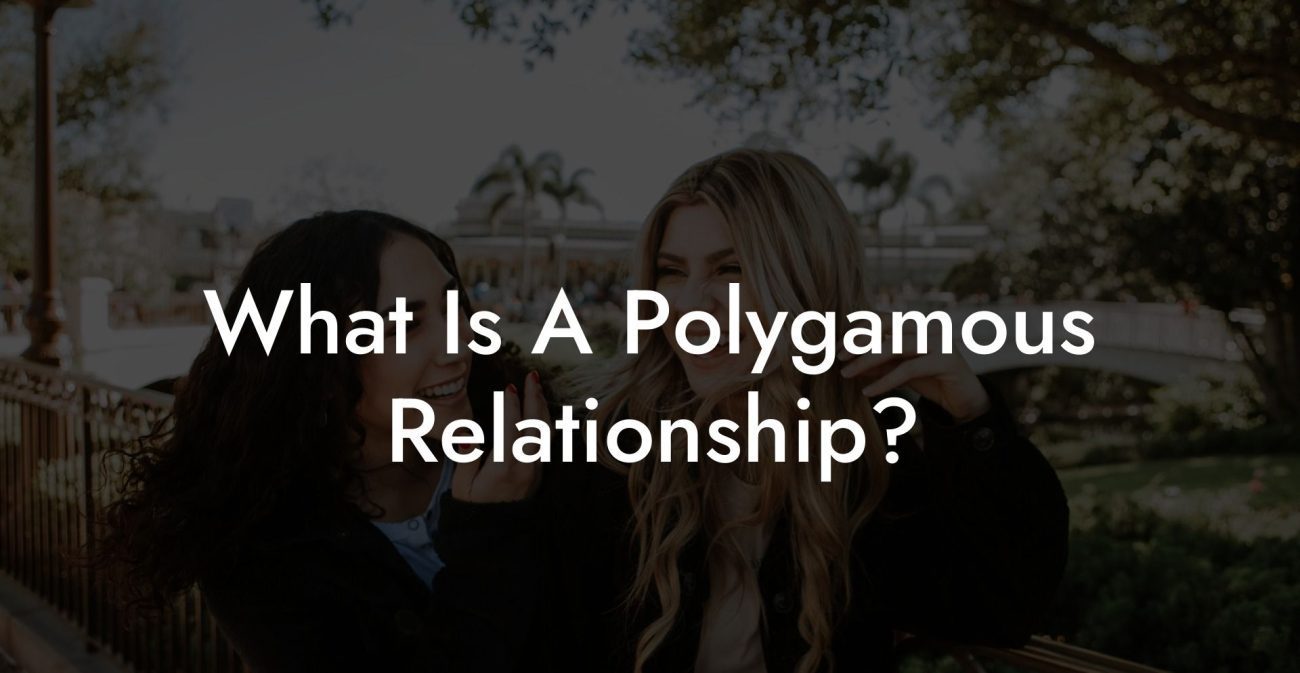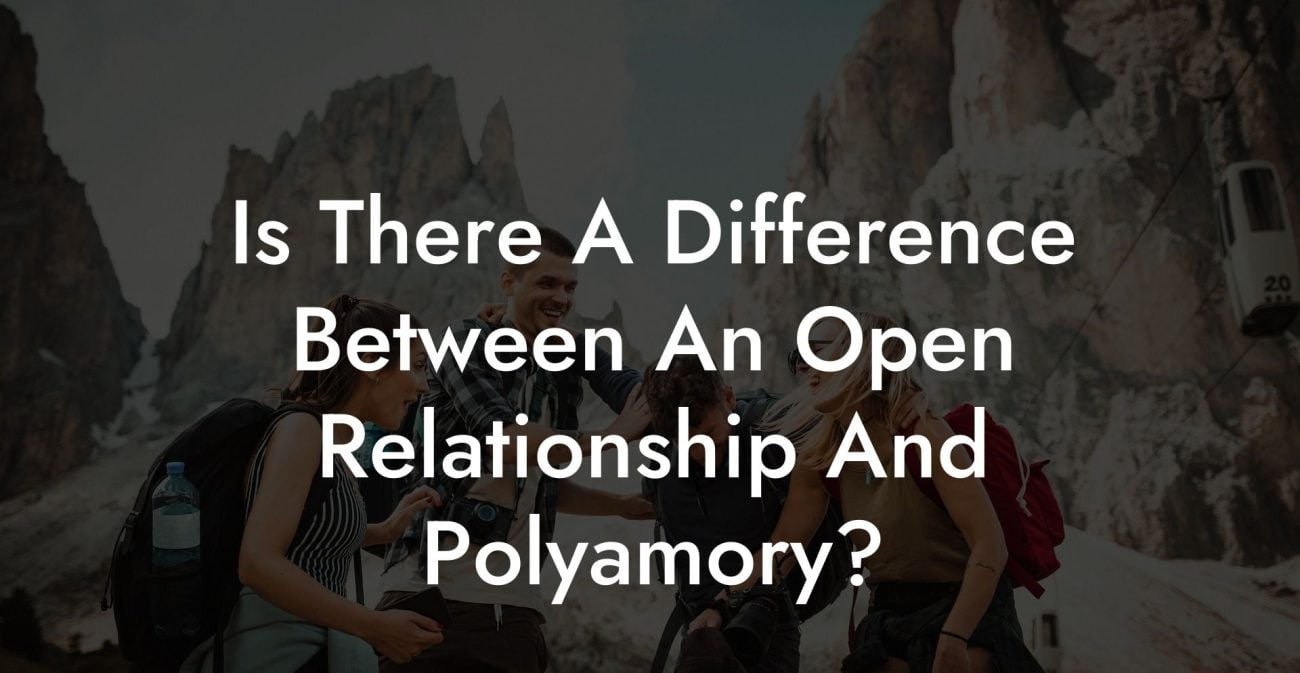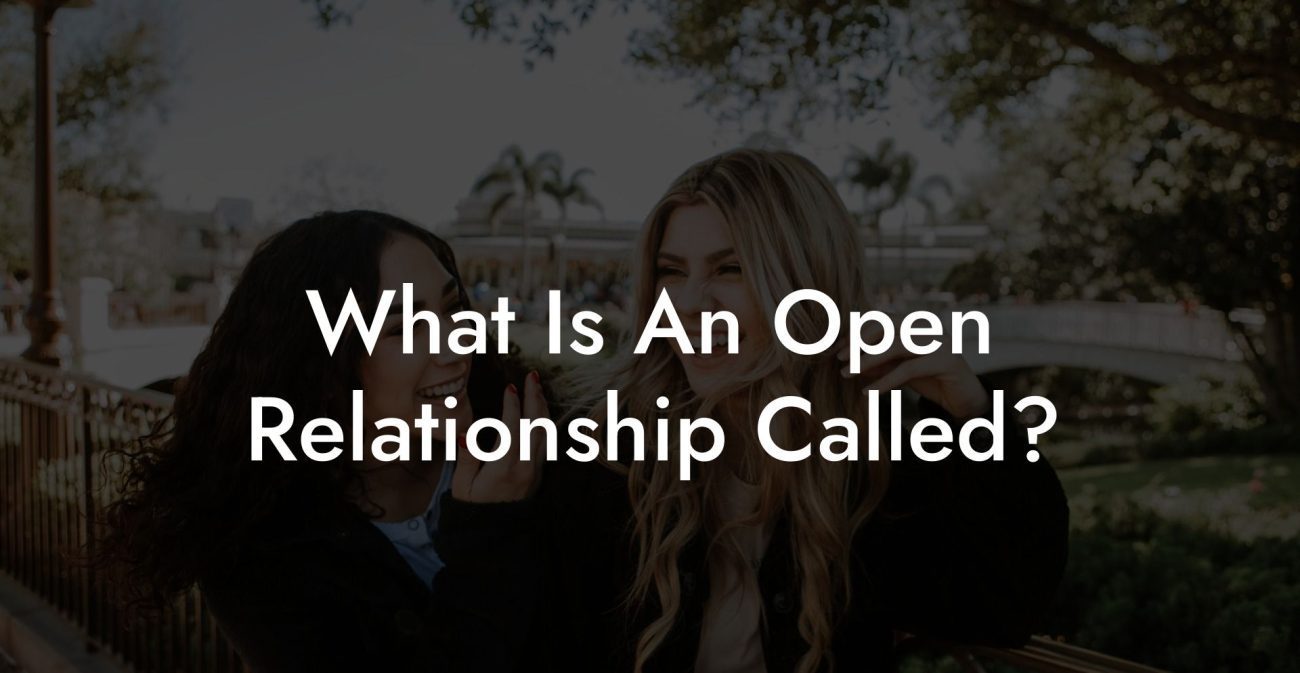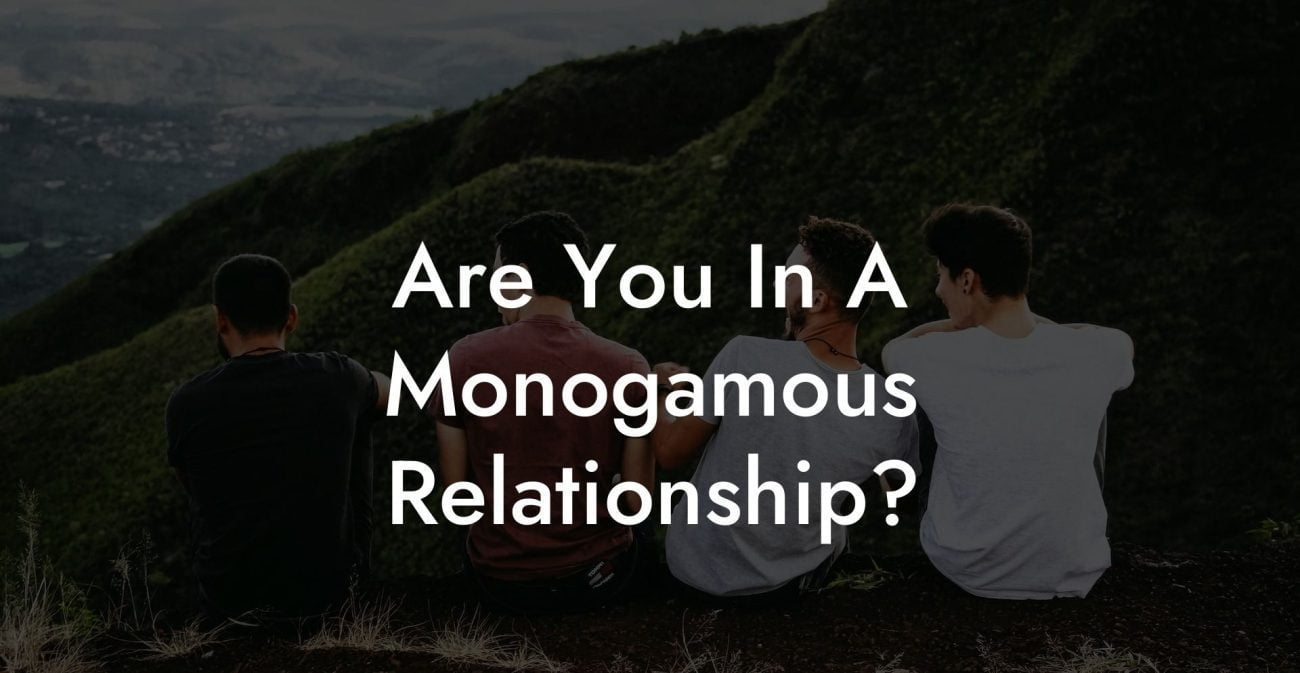Discover a world beyond traditional monogamy with our comprehensive guide to polyamory sexuality. In this article, we dive deep into the intricacies of polyamorous relationships, discussing their unique characteristics, benefits, challenges, and providing a realistic example to illustrate how polyamorous partners navigate this non-traditional relationship style.
Polyamory Sexuality Table of Contents
What is Polyamory Sexuality?
Polyamory, derived from the Greek and Latin words "poly" (many) and "amor" (love), refers to the practice of engaging in multiple ethical, consensual, and loving romantic and sexual relationships. It is a form of non-monogamy that encourages open communication, respect, and negotiation among all involved parties.
Key Principles of Polyamory
- Consent: All parties involved in a polyamorous relationship agree to the arrangement and understand what it entails.
- Communication: Open and honest communication is essential for establishing and maintaining trust among partners.
- Respect: All individuals within a polyamorous relationship should be treated with dignity and respect, irrespective of their position within the relationship hierarchy.
- Flexibility: Polyamory allows for change and growth within relationships and encourages renegotiation as needed to ensure everyone's needs are met.
Polyamory vs Monogamy
Polyamory and monogamy represent two distinct approaches to romantic relationships. While monogamous relationships involve commitment to a single partner, polyamorous relationships allow for the potential of multiple partners. Here are some key differences:
- Commitment structure: Monogamous relationships often follow a linear progression - dating, exclusivity, engagement, marriage. Polyamorous relationships do not necessarily follow this pattern and can be more fluid and open-ended.
- Jealousy and possessiveness: Jealousy is often viewed as a natural emotion within monogamous relationships, but in polyamory, it is seen as a challenge to be addressed and worked through as a team, promoting growth and personal development.
- Emotional and sexual needs: Monogamous relationships expect that one's partner fulfills all emotional and sexual needs, whereas polyamorous relationships allow individuals the freedom to explore different connections to meet their varying needs.
Polyamory Sexuality Example:
Consider a married couple, Anna and Mark, who after several years together, find themselves drawn to the idea of polyamory. They have several conversations about their feelings, boundaries, and expectations. After discussing and researching, they mutually agree to open their relationship and explore connections with others.
Anna meets and starts dating Tom, while Mark becomes involved with Kate. The couple makes sure to maintain open communication not just with their primary partner, but also with their new partners, ensuring everyone involved is on the same page. Over time, Anna and Mark develop a strong network of support and love among their partners, embracing the challenges and rewards that polyamory brings.
Exploring the world of polyamory sexuality requires open-mindedness, courage, and a commitment to growth. Whether you're considering a polyamorous relationship or just curious about the lifestyle, we hope this guide has shed some light on the subject. If you found this information helpful and interesting, please share it with your friends and explore other guides on The Monogamy Experiment. Together, let's embrace love in all its diverse forms.


